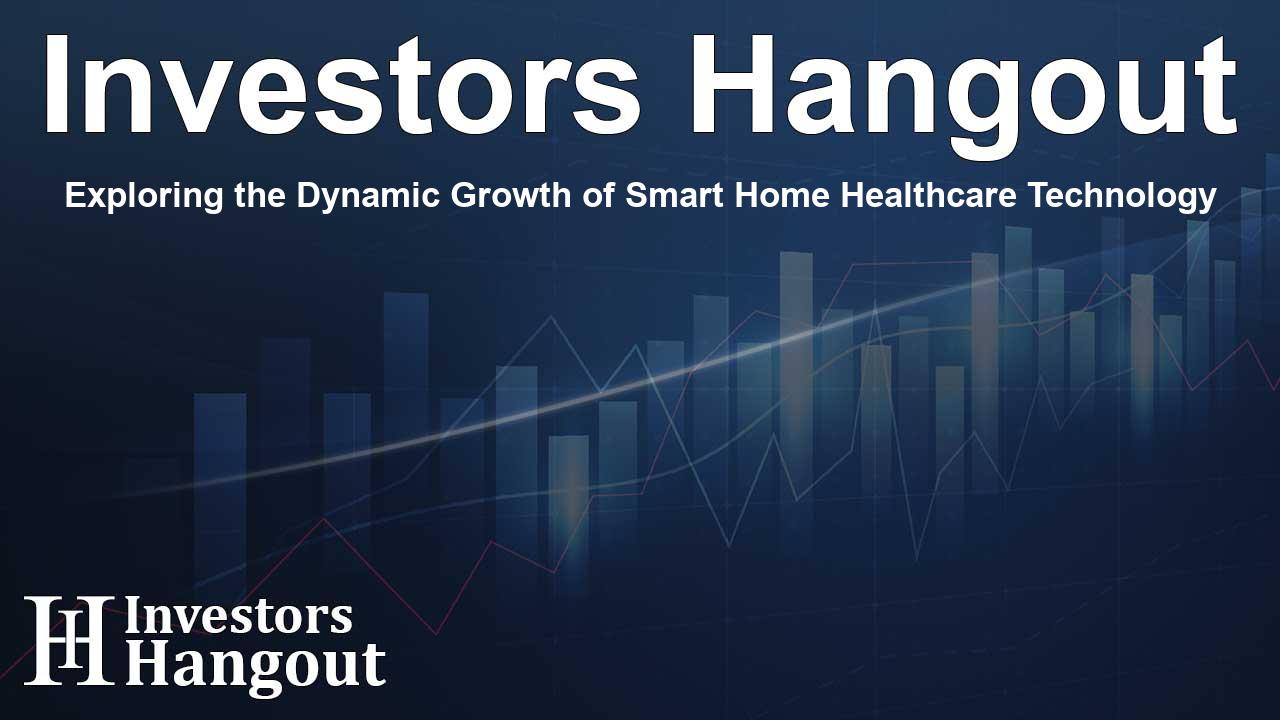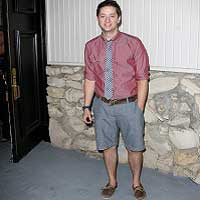Exploring the Dynamic Growth of Smart Home Healthcare Technology

The Promising Future of Smart Home Healthcare
The smart home healthcare market is experiencing remarkable growth, projected to reach a staggering US$ 160.7 billion by 2032, showing a compound annual growth rate (CAGR) of 24.3% from 2025 to 2032. This upward trend is driven by several factors, including an increase in the adoption of smart devices among consumers, particularly in North America where health-related technology is becoming integral to everyday life.
Shift Towards Smart Healthcare Solutions
More than half of U.S. households now own at least one smart device serving personal or healthcare purposes. This growing acceptance cleared the path for an expanding market, with 20% possessing multiple smart devices. The latest data reveals that the U.S. smart home market reached US$ 31.45 billion, showcasing the impact of technology on health management.
Smartphones remain at the forefront of this movement, as 85% of Americans utilize them for various health-related tasks. Moreover, voice-activated smart speakers are becoming increasingly popular, seen in around 31% of homes equipped with broadband. Wearable technology, including smartwatches and fitness trackers, has also surged in popularity, facilitating health monitoring in real-time.
Real-Time Health Monitoring: A Critical Advancement
The capabilities of these devices now surpass basic tracking functions, integrating advanced features such as heart rate monitoring, blood oxygen level tracking, sleep pattern analysis, and ECG functionalities. This interconnectedness with health applications allows users to monitor health trends effectively, share vital data with healthcare providers, and enhance personalized care.
Empowering Remote Patient Monitoring
Wearables play a pivotal role in remote patient monitoring, especially beneficial for managing chronic conditions such as diabetes and cardiovascular issues. They offer a non-invasive means of tracking vital signs, promoting early detection of health concerns, and consequently reducing hospital visits.
Technological advancements in artificial intelligence (AI) and machine learning are enabling wearables to analyze data, offering insights on potential health risks, which supports individuals in taking charge of their health. This empowers users to adopt preventive measures, creating a significant shift in how healthcare is managed at home.
Cost-Efficiency in the Healthcare System
The burgeoning healthcare system faces mounting pressure from increasing costs associated with patient management. Smart home healthcare solutions present a viable path to more affordable healthcare methods. By equipping patients with tools to monitor their health from home, these technologies can substantially reduce the frequency of doctor visits and hospitalizations, which is a considerable portion of healthcare expenditures. Evidence suggests that utilizing home healthcare technologies can lead to a reduction of 20-30% in hospital readmissions.
Moreover, smart home healthcare not only alleviates financial burdens but also enhances medical practice efficiency. Remote monitoring enables healthcare workers to accommodate more patients without compromising care quality, leading to significant savings for medical facilities—in some cases, as much as US$ 7 million annually per hospital.
Importance of Health Status Monitoring
Health status monitoring stands as a critical segment of the smart home healthcare market, accounting for over 68.5% of the revenue share. This growth indicates a sustained interest in personalized medicine and the increased need for ongoing monitoring of chronic health issues. The utilization of smart home technologies allows individuals to compile and analyze real-time health data, identifying early warning signs of potential health challenges.
Benefits of Empowering Patients
When patients actively manage their health data, they enjoy improvements in both physical and mental wellness. Accessible health goals and understanding triggers for chronic diseases encourage better lifestyle choices. This self-awareness fosters motivation and adherence to treatment plans, helping to ease anxieties related to health uncertainties.
Furthermore, the societal ramifications are profound, as continuous patient data equips healthcare professionals with the tools to ensure timely interventions, preventing complications and lessening the need for intensive treatments in the future.
Rising Demand for Skilled Nursing Services
Another burgeoning area within the smart home healthcare market is skilled nursing services, which are projected to command a revenue share of over 28.2%. Patients increasingly prefer receiving care in a familiar environment rather than long-term care facilities. Services offered under skilled nursing include wound care, medication management, and IV therapy—all requiring specialized nursing skills.
Innovative Collaboration through Telehealth
The rise in telehealth capabilities has broadened access to skilled nursing services, allowing patients to consult specialists without the need for hospital visits. Remote monitoring technologies empower nurses to track patient metrics in real-time, facilitating early diagnosis and timely care.
By harnessing these advanced tools, healthcare providers can significantly elevate the standard of care patients receive within their homes, ultimately enhancing the quality and efficiency of healthcare delivery.
Frequently Asked Questions
What is the projected market value of the smart home healthcare market?
The smart home healthcare market is expected to reach a valuation of US$ 160.7 billion by 2032.
How is technology influencing patient care?
Technology, particularly smart devices, enables better health monitoring and proactive health management, resulting in improved patient outcomes.
What are the cost-saving benefits of smart home healthcare?
Smart home healthcare solutions can reduce hospital readmissions by 20-30% and significantly curtail overall healthcare expenditures.
What role do wearables play in healthcare?
Wearables facilitate continuous health monitoring, enabling early detection of health issues and providing insights for better personal health management.
How do skilled nursing services fit into the smart home healthcare model?
Skilled nursing services offer essential healthcare within the home, ensuring patients receive specialized care while keeping costs down and convenience high.
About The Author
Contact Logan Wright privately here. Or send an email with ATTN: Logan Wright as the subject to contact@investorshangout.com.
About Investors Hangout
Investors Hangout is a leading online stock forum for financial discussion and learning, offering a wide range of free tools and resources. It draws in traders of all levels, who exchange market knowledge, investigate trading tactics, and keep an eye on industry developments in real time. Featuring financial articles, stock message boards, quotes, charts, company profiles, and live news updates. Through cooperative learning and a wealth of informational resources, it helps users from novices creating their first portfolios to experts honing their techniques. Join Investors Hangout today: https://investorshangout.com/
The content of this article is based on factual, publicly available information and does not represent legal, financial, or investment advice. Investors Hangout does not offer financial advice, and the author is not a licensed financial advisor. Consult a qualified advisor before making any financial or investment decisions based on this article. This article should not be considered advice to purchase, sell, or hold any securities or other investments. If any of the material provided here is inaccurate, please contact us for corrections.
